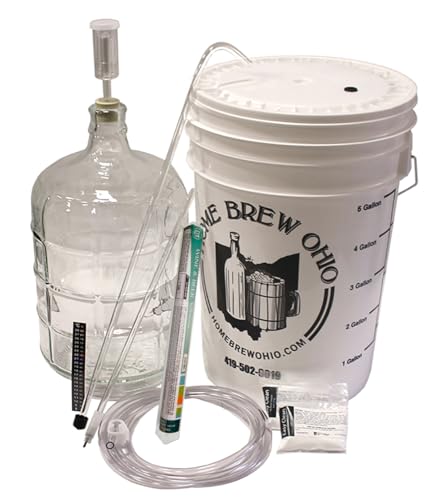cheeseburgersareawesome
Junior
I'm someone thats a bit new to wine making. I've only made two or three types before. I'm on the hunt for a wine recipe that tastes like Christmas cake. I had it when it was served at function I attended and I'm clueless as to what the name was. Since then I've been trying to experiment with a few flavours to see how I can replicate it. I'm going to try and add some of the basic fruits you would use in Christmas cake but that includes preserves. Like pumpkin preserve, chow chow, glazed cherries and candied peel. Does anyone know how well those work during fermentation? Also I'l probably have to try adding things like almond, vanilla and rose essence. Any tips on how these ingredients might affect the fermentation would be helpful.
Thank you.
Thank you.





















































